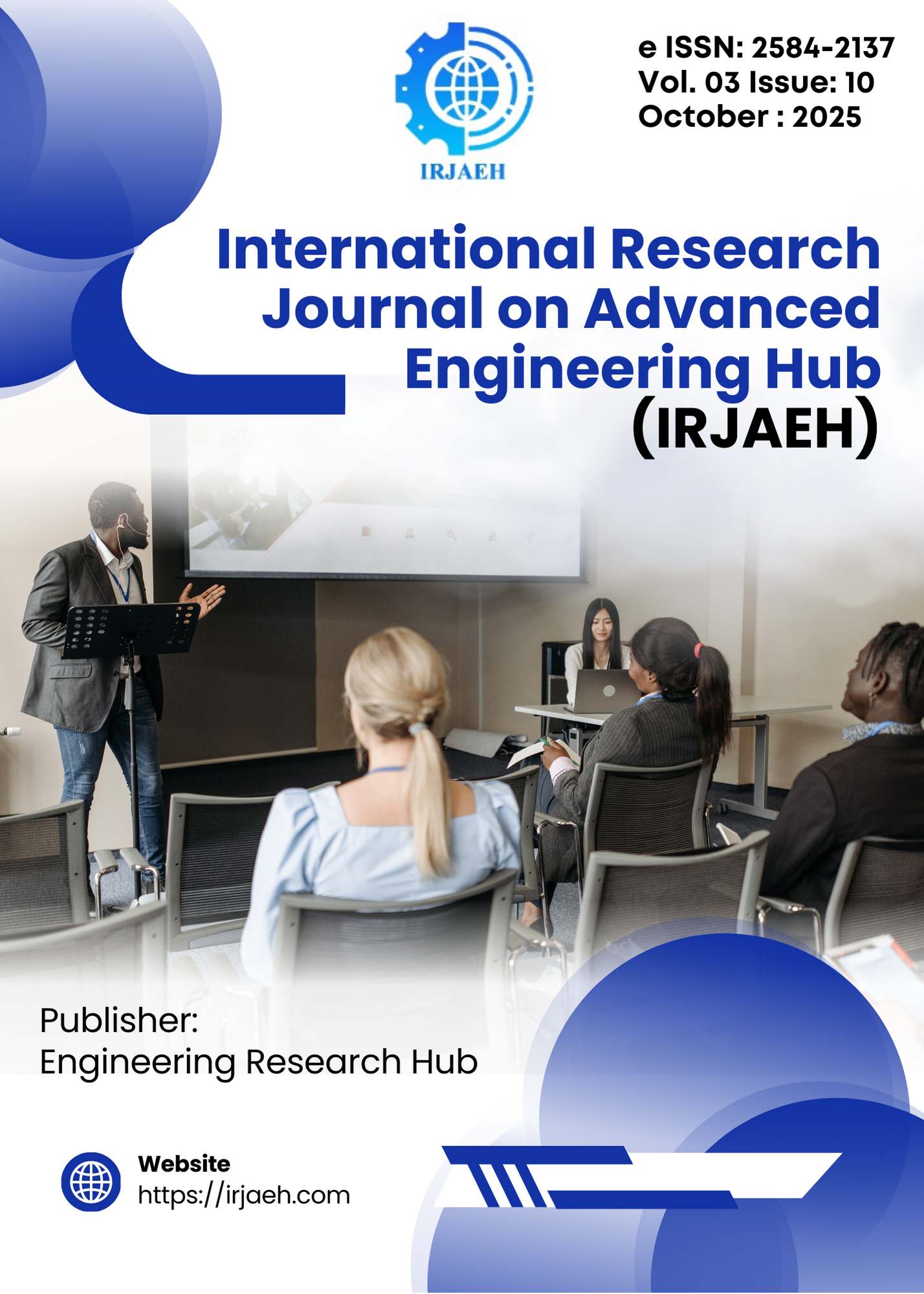Chemical Footprints: Tracing Fertilizer and Pesticide Contamination in Wells near Kole wetlands
DOI:
https://doi.org/10.47392/IRJAEH.2025.0584Keywords:
Brucine method, Groundwater quality, Kole wetlands, Nessler’s methodAbstract
Fertilizers and pesticides are the most prevalent pollutants in agricultural runoff, posing a serious threat to groundwater quality. This study investigates their influence on groundwater in Division 45 of the Thrissur Corporation. Water samples were collected from wells located at varying distances from the Kole wetland during December 2023 and analysed for key chemical parameters. The results indicate that concentrations of ammonium, fluoride, sulphate, chloride and nitrate are all within permissible limits. The Dissolved Oxygen lies within the acceptable range.
Downloads
Downloads
Published
Issue
Section
License
Copyright (c) 2025 International Research Journal on Advanced Engineering Hub (IRJAEH)

This work is licensed under a Creative Commons Attribution-NonCommercial 4.0 International License.

 .
. 